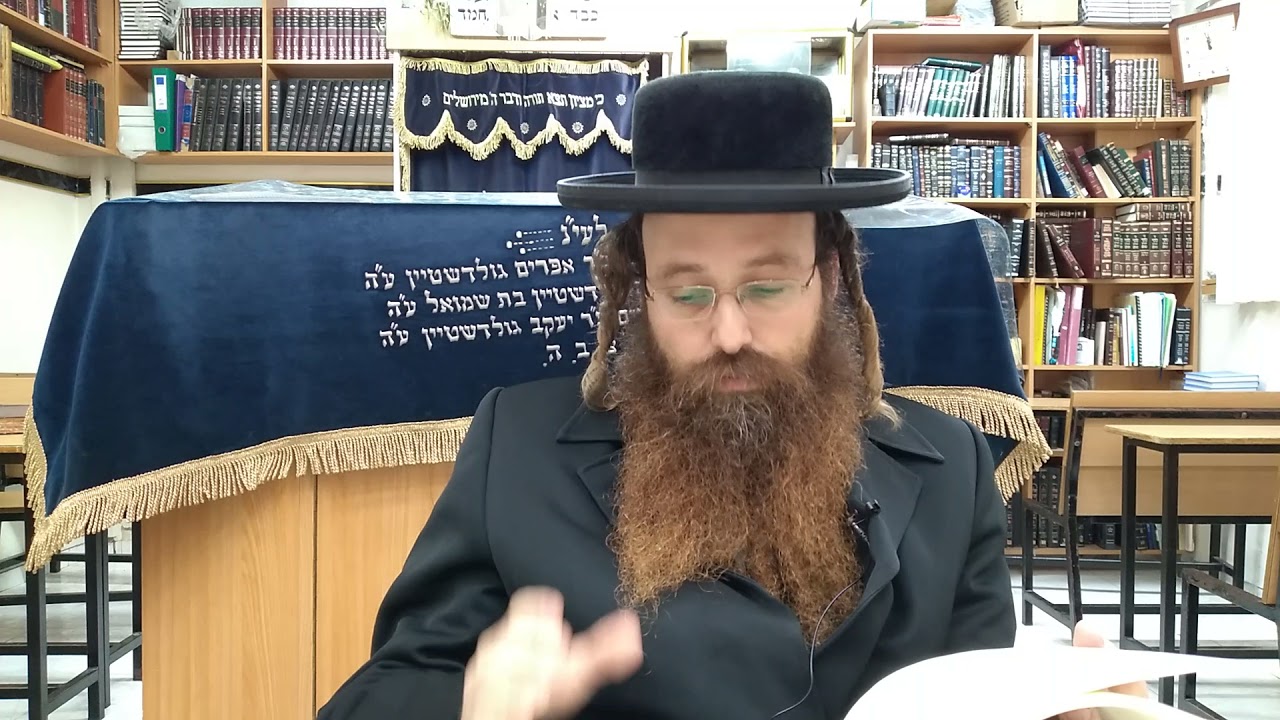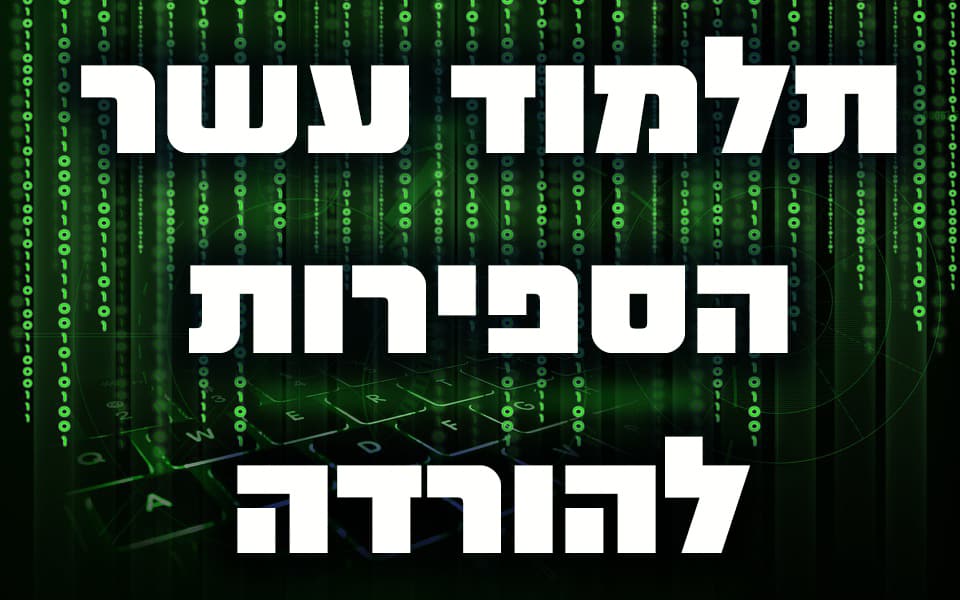ג תמוז – שליחות הנשמה. חסידות חבד ג תמוז סגולו
הסרטון הקבלי עוסק בשבוע ג' בתמוז, יום מיוחד בחסידות חב"ד, ומספר על האדמו"ר הזקן, רבי שנאור זלמן מלאדי, מחבר ה"תניא" ומייסד חסידות חב"ד. הווידאו מדגיש את השמחה הגדולה שהייתה בעקבות ביטול הקטרוג השמימי נגד גילוי תורת החסידות, לא רק מבחינה גשמית אלא גם מבחינה רוחנית עמוקה. בעל התניא מביע רצון ייחודי ונעלה: לא לשאוף לעולם הזה או לעולם הבא, אלא לרצות רק את הקב"ה עצמו, את "האור העצמות" – האור האינסופי, מתוך כמיהה להשפיע נחת רוח לשם שמיים בלבד. דבר זה מובהר באמצעות דימויים יהודיים ומיסטיים כמו השוואה למרדכי הצדיק ולמשה רבנו.
הווידאו מדבר על הקושי של רוב האנשים לראות מעבר לחלקיק הגשמי המוגבל, ומציג את תהליך ההתפתחות הרוחנית כהדרגתית, מתוך אימון וחיזוק החושים הרוחניים. החסידות מוצגת כחכמה עמוקה שמטרתה להוביל לאהבה ויראה כלפי הקב"ה, מעבר לצד הטכני והמעשי של קיום התורה. החסידות היא "מלכות" – לב הקבלה, פסיכולוגיה רוחנית שמטרתה פיתוח הלב והנפש. לבסוף, נמסר תקווה כי בזכות לימוד התורה והקיום המצוות מתוך אהבה אמיתית וללא ציפייה לתגמול, יבוא משיח בן דוד, כפי שנאמר על ידי רשב"י הקדוש.
### נקודות מרכזיות
– 📅 ג' בתמוז – יום מיוחד בחסידות חב"ד
– 📜 האדמו"ר הזקן, רבי שנאור זלמן, מחבר התניא ומייסד חסידות חב"ד
– 🎉 ביטול הקטרוג השמימי והעלאת שמחה גדולה בקרב חסידי חב"ד
– 💎 הרצון הייחודי של בעל התניא: לא לעולם הזה ולא לעולם הבא, אלא רק את הקב"ה עצמו
– 🔍 חשיבות הפיתוח ההדרגתי של החושים הרוחניים והיכולת לוותר על הרצון לקבל
– ❤️ החסידות כמלכות – חכמה רוחנית העוסקת ביראה ואהבה, מעבר למעשי התורה
– 🌟 תקווה לביאת המשיח בזכות אהבה וכוונה טהורה בתורה ומצוות
### תובנות מפתח
– 💡 **רצון טהור ונקי הוא המפתח להתגלות אלוקית אמיתית:** בעל התניא מביע רצון שלא לקבל פרסים גשמיים או רוחניים, אלא רק את הקרבה והקשר הייחודי עם הקב"ה. זו תפיסה עומקית שמבדילה בין עבודה רוחנית שמטרתה לקבל לבין עבודה מתוך אהבת ה' טהורה. הרצון הזה מזכיר לנו שכוח הרצון והתשוקה הרוחנית חייבים להיות מונחים על ידי טוהר המטרה ולא על ידי חמדנות או תאווה.
– 🌱 **התפתחות רוחנית היא תהליך הדרגתי:** הווידאו מדגיש כי רוב האנשים אינם מסוגלים מיד לראות ולהרגיש את האור הרוחני הגדול, ולכן ההתפתחות נעשית בשלבים. כמו באימון גופני, גם בפיתוח החושים הרוחניים יש להתחיל בקטן ולהתקדם בהדרגה, כך שהאדם יוכל לוותר על הרצון לקבל ולפתח תאבון אמיתי לרוחניות.
– 🔬 **הגבלת התפיסה האנושית בעולם הגשמי:** רוב בני האדם רואים את העולם רק כחלקיק קטן, גשמי ומוגבל, ואינם מודעים לנפש ולרוח הפועלים בתוכם. התפיסה הזאת מגבילה את ההתפתחות הרוחנית ומצריכה לימוד והעמקה בתורה ובחסידות כדי לפרוץ את הגבולות הללו.
– 🕯️ **הקשר בין חסידות לקבלה:** החסידות אינה רק מערכת של כללים ומצוות טכניות, אלא עומק נפשי ורוחני שמבוסס על חוכמת הקבלה. החסידות מדגישה את הפן הפסיכולוגי והרגשי, את הלב – יראה ואהבה – כבסיס להתעלות רוחנית.
– 💖 **אהבה ויראה כלפי הקב"ה כמטרת העל:** הלב והנפש צריכים להתפתח מתוך אהבה ויראה אמיתית, לא מתוך רצון לקבל תגמול גשמי או רוחני, אלא מתוך תשוקה להשפיע נחת רוח לשם שמיים בלבד. זו תפיסת יסוד שמבוססת על הכוונה הטהורה של בעל התניא.
– 🔄 **ההקבלה למרדכי הצדיק ולמשה רבנו:** השוואה זו מדגימה את הרמה הרוחנית הגבוהה שאליה צדיק אמיתי מגיע – להתגלות אלוקית אמיתית, שהיא מתנה וסתר של הקב"ה שמוענקת לאלו שזכו לטוהר ולקשר אמיתי.
– ✨ **הבטחה לביאת המשיח בעידן של אהבה וכוונה:** ההבנה כי רק מתוך לימוד תורה ומצוות מתוך אהבה טהורה וללא ציפייה לתגמול יבוא המשיח, משדרת מסר של תקווה ואמונה עמוקה בעתיד טוב יותר לעולם ולעם ישראל.
הווידאו מהווה הצצה חשובה לעומק הרוחני של חסידות חב"ד ולדרך שבה היא מציעה להתקרב אל הקב"ה. הוא מזמין את הצופים להתחיל תהליך של התפתחות רוחנית, מתוך אהבה וכוונה טהורה, ולהצטרף למסע של גילוי האור האינסופי של הקב"ה בלבם.





